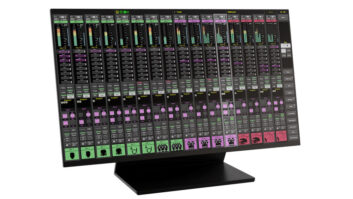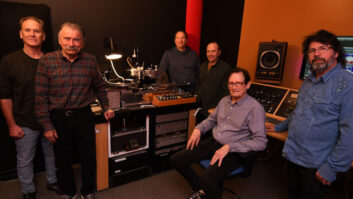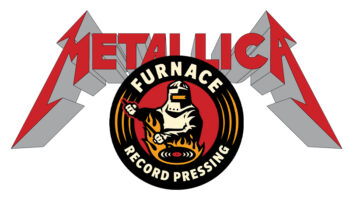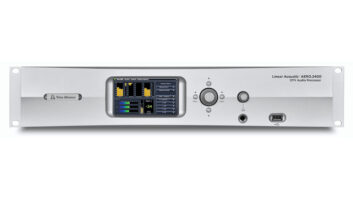
Clive Young,
Editor-In-Chief, PSN
My tween-aged daughter has a favorite website, checkiday.com, which lists all the obscure, unofficial “holidays” for a given date. This morning, I was informed it’s National Goof-Off Day, which sounds pretty good to me, but here I am writing this editorial instead. One pseudo-holiday she doesn’t have to tell me about, however, takes place later this month: Record Store Day.
This year’s edition, to be held April 22, will mark 10 years of RSD—the yearly event where thousands of vinyl nerds (myself included) line up outside their favorite record shop at the crack of dawn on a Saturday morning, awaiting the opportunity to spend too much money on ultra-limited edition records released that day. Record Store Day is a curious mix of hucksterism on the stores’ part, as they look to drive sales to keep their doors open, and opportunism on the labels’ part, because the releases tend to consist of extreme minutia—demos, B-side collections and live sets with limited appeal. After all, if they were amazing records, there would be more than only 1,000 copies available nationwide.
Regardless, RSD is a lot of fun and it singlehandedly kicked off the much-heralded Vinyl Revival of recent years—one of the few bright spots in an era where music on physical media is in perpetual decline. Barely an issue of PSN goes by that doesn’t feature a mastering engineer marveling at how busy his/her cutting lathe is these days, and there’s stats to back it all up: Vinyl sales are at their highest since 1992, and the format is now projected to hit $1 Billion in annual sales by the end of 2017.
But how big can the market for new records get? One of the sticking points of the format’s revival has been that all new records have been produced on a handful of cumbersome, vintage record pressing machines; when CDs took over in the early Nineties, most presses around the world wound up getting dismantled and scrapped, making the surviving machines a scarce commodity. As a result, the 18 pressing facilities left in North America often take up to six months to manufacture records today, due to backlog.
Meanwhile, RIAA stats released in early April 2017 show that vinyl sales were up just under 4 percent in 2016, and while that sounds healthy, consider this: Between 2012 and 2015, the format averaged 38 percent annual growth. Consumer demand may be peaking, so with that in mind, the question becomes, if the pressing plants had the capacity to handle demand, would that fuel vinyl’s growth as a retail category, or would the potential over-pressing and ubiquity capsize a consumer trend that, fad or not, is reaching maturity?
We may find out, as two new pressing plants opened in Q1 2017—Hand Drawn Records LLC in Addison, TX and Third Man Pressing in Detroit, owned by rocker/vinyl advocate Jack White—using newly designed and built presses that take into account the last three decades worth of advances in manufacturing.
Hand Drawn has built its business on new Warm Tone presses from Toronto, Canada-based Viryl Technologies which are iOS-controlled and fully automated, knocking out a record every 20 seconds versus the 35 seconds that vintage machines require. Elsewhere in the world, German company Newbilt Machinery GmbH has also developed its own brand-new presses, eight of which are now installed in White’s facility in Detroit.
Even with the influx of new machinery into the cramped vinyl pressing marketplace, you’d think that starting a pressing plant right now would be a slam-dunk business opportunity (providing you could get your hands on presses, of course). You’d be wrong, however, as the cautionary tale of Canada Boy Vinyl makes painfully clear. The Calgary-based plant opened in September 2015, reached profitability last summer and, overwhelmed by the cost of its aged presses perpetually breaking down, ceased operations this January, leaving many indie labels and bands without their masters or money.
Is it safe to say that vinyl is no longer a retro fad? It’s hard to tell, but we’ll find out soon as pressing capacity increases. That’s something I’ll ponder while I search my attic for a Walkman—you see, my daughter saw one in the Guardians of the Galaxy movie and now thinks listening to cassettes might be pretty cool.







